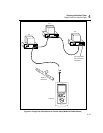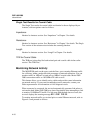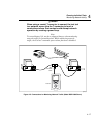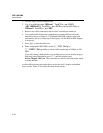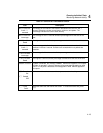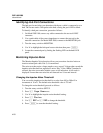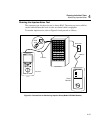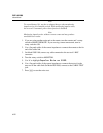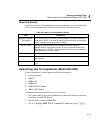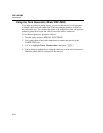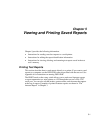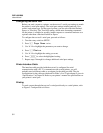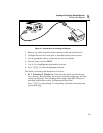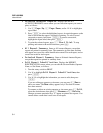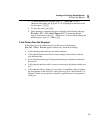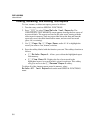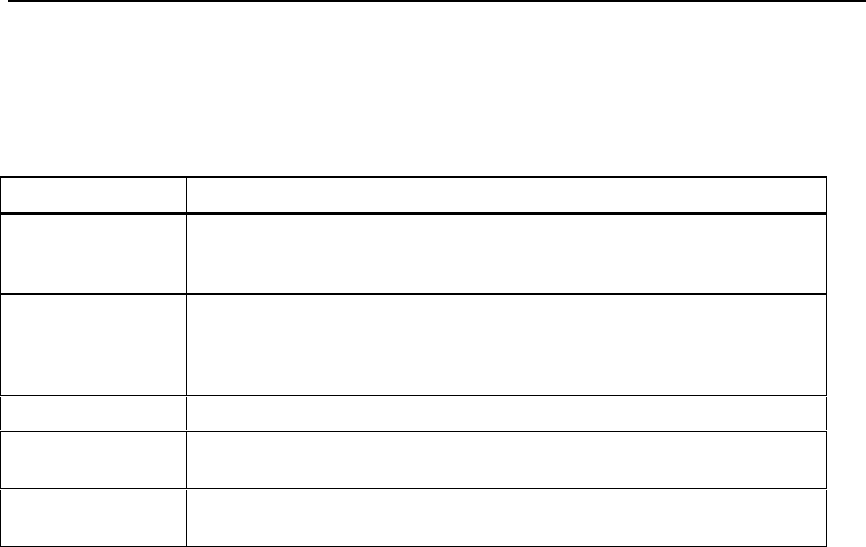
Running Individual Tests
Determining Hub Port Capabilities (Model DSP-2000)
4
4-23
Noise Test Results
As the noise test runs, the displayed test results are updated every second after the
first 10-second sample period. Table 4-8 describes the items on the screen.
Table 4-8. Items on the Noise Monitor Screen
Item Description
Impulse Noise
Threshold
The minimum level of noise that is considered to be a noise hit. The default
threshold is 270 mV. If you want to change the fault threshold, see the earlier
section “Changing the Impulse Noise Threshold.”
Noise Test The overall result of the noise test. Displayed only when 10BaseT is
selected. A PASS result means that no 10-second intervals included more
than two noise hits. A FAIL result means that more than two noise hits were
detected during a 10-second interval.
Average The average number of noise hits per second since the start of the test.
Peak The highest number of noise hits per second and the time at which the peak
was recorded.
$Stop Test Stops the noise test and freezes the screen. To restart the noise test, press
T.
Determining Hub Port Capabilities (Model DSP-2000)
This test determines if a hub supports the following standards:
• Auto-Negotiation
• 10BaseT
• 100BaseTX
• 100BaseT4
• 100BaseTX Full Duplex
• 10BaseT Full Duplex
To determine hub port capabilities, proceed as follows:
1. Use a patch cable of the correct impedance to connect the network connection
to the test tool’s MONITOR jack.
2. Turn the rotary switch to MONITOR.
3. Use D to highlight HUB Port Capabilities; then press E.



